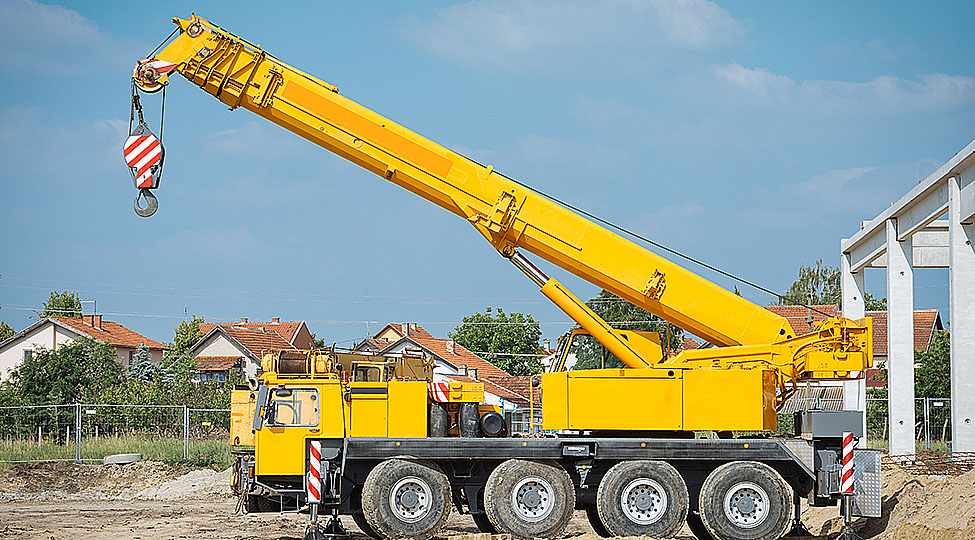Wire rope slings are widely used in construction sites and for industrial rigging. They are considered durable compared to other sling types. If you’re looking for new wire rope lifting slings for your crane or heavy lifting machine, follow the below tips.
Capacity Of The Sling
How much load the sling can withstand is determined by the rated capacity of the sling. You will find various types of slings, their sizes, and rated capacity.
Determining the load capacity of a sling is easier as ASME (American Society of Mechanical Engineers) requires all of these items to have a durable label that has its rated capacity of the sling along with its size, and the manufacturer’s name.
As with other rigging equipment, you must select a sling with a rated capacity higher than the load you will be using it for. Therefore, reading the tag before using the sling is critical.
Length Of The Sling
The length of a sling is measured from the farthest end of one eye to the farthest end of the other eye of the wire rope sling. You may already have the recommendations from the experts at the job site about the length of the wire rope sling. If you’re unsure, discuss it with the manager or anyone in authority before selecting any sling length.
The Type Of Sling Eye
For the safe lifting of heavy loads, you need the correct eye configuration of a wire rope sling. There are two main types of sling eyes
- Flemish eye: The flemish eye wire rope sling has an efficiency rating of more than 90%. It is configured by turning the wire on itself and then bonding the two ends of the eye together.
- Hand-tucked eye: A hand-tucked eye wire rope sling is made by separating strands of a sling and making an eye of them. Many experts consider hand-tucked eye slings because they are easier to use compared to other eye configurations.
- Thimble eye: It can be a normal sling eye onto which a thimble is added for increasing the integrity and strength of the wire rope sling.
Sling Protection
Before selecting any wire rope sling, you should not only know the weight of the load but the shape of the load as well. Because you must know if there are sharp edges or corners that can touch or damage the sling or any other rigging equipment.
Wire rope slings are made of steel and are extremely durable, but when a load is on the sling, a sharp edge can cause any kind of damage to the rope. The damage can be minor or major. In the case of major damage, it can lead to an accident. Additionally, the risk increases if the load is near the rated capacity of the sling.
Therefore, you must inspect the wire rope sling before lifting a load and if you find any damage, use a new sling. Moreover, you can avoid damage to wire rope slings to some degree by using protection such as a sleeve. A sleeve used for preventing sling damage is a tubular sleeve that has thin padding.
Furthermore, a thimble can protect your sling as well. It is because the eye of the sling is at greater risk of damage than the body of the wire rope sling as the goes to the eye of the sling.
Therefore, you need a thimble eye configuration. Because when pressure will be put on the eye, the thimble will take the damage protecting the sling and the integrity of the sling. You may need to clean and maintain the sling for safe operations. On the other hand, if you use a soft sling eye, the pressure from the hook can deform to damage the eye and the sling.
You can use different types of thimbles for sling protection like slip-on thimbles, slip-through thimbles, and crescent thimbles.
Moreover, you can also use the simple practice of adding a pad between the sling and load to keep your load and the sling from being damaged.
Conclusion
Wire rope slings are essential for any rigging task. The major thing to consider when selecting a sling is its rated capacity, length, and eye configuration. Make sure to get help from rigging services MD for a safe and sound rigging operation.



